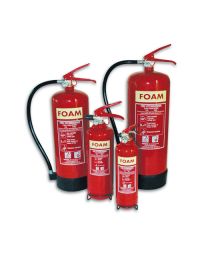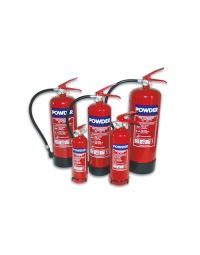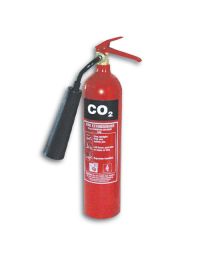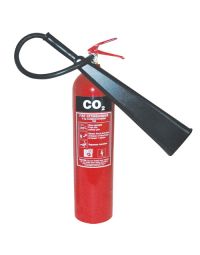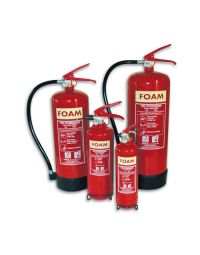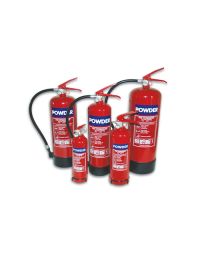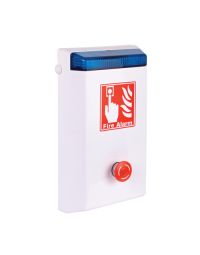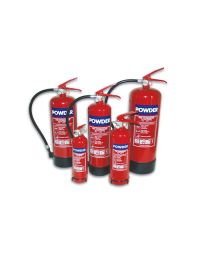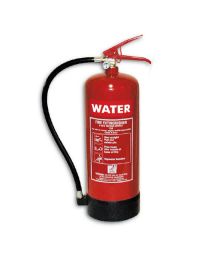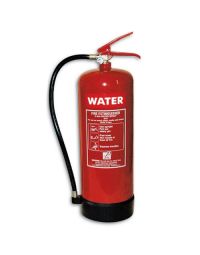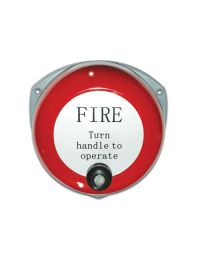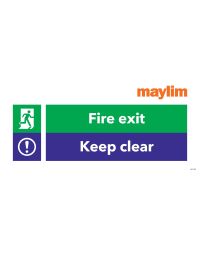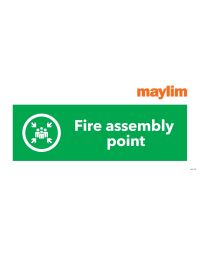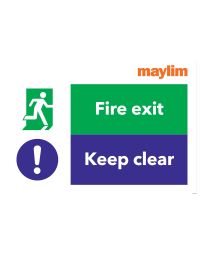CMT customers have reached out to us, not just for fire safety solutions, but also advice on how to minimise risks and prevent serious incidents occurring…
With temperatures soaring to record highs across the UK, and with no sign of things cooling down across August, the hot climate has increased the hazard of fires starting.
HEATWAVE: Fires blaze after UK passes 40C for the first time...
Our aim to is sustainably enhance the safety of teams everywhere. So, below you’ll find four beginners’ steps to fire safety as advised not just by CMT – but HSE and further sources too…
The Law
The Regulatory Reform (Fire Safety) Order 2005 (FSO) sets out the law on construction site general fire safety:
"The FSO requires that a 'responsible person' must carry out, and keep up to date, a risk assessment and implement appropriate measures to minimise the risk to life and property from fire.
The responsible person will usually be the main or principal contractor in control of the site.
You should identify sources of fuel and ignition and establish general fire precautions including, means of escape, warning and fighting fire, based on your fire risk assessment."
In all buildings where people work, make sure that workstations, equipment and furniture does not interfere with existing escape routes from the building.
Furthermore, avoid obstructing any fire separation (i.e., fire doors), alarms, dry risers, fire exits, fire extinguisers and emergrency lighting boards.
Step one: Asses the risk
In most cases, conducting a risk assessment will be a relatively straightforward and simple task that can be carried out by the nominated individual responsible for fire safety or a consultant.
There are five steps in carrying out a fire risk assessment, laid out by the HSE:
- Identify hazards: consider how a fire could start and what could burn.
- People at risk: employees, contractors, visitors and anyone who is vulnerable, e.g., disabled.
- Evaluation and action: consider the hazards and people identified in 1 and 2 and act to remove and reduce risk to protect people and premises. Remember: minimise risk as low as reasonably practicable.
- Record, plan, and train: keep a record of the risks and action taken. Make a clear plan for fire safety and ensure that people understand what they need to do in the event of a fire. Keep a fire log book, with Fire Risk Assesement (FRA), and evidence of fire alarm servicing and testing, fire emergency procedure with nominated individuals. In case of an emergency this will be needed by the fire brigade. Train Fire Marshalls in order to make everyone leaves the premises in case of a fire, recieves the assistance they need and/or be assigned to those unable to leave premises by themselves.
- Review: your assessment regularly and check it takes account of any changes on site. Make sure your FRA is up-to-date and reviewed every year.
Step two: Plan safe exit
Consider the following for safe means of escape on construction sites:
Routes
Your fire emergency plan should determine the escape routes required, which must be kept available and unobstructed.
Alternatives
Well-separated alternative ways to ground level should be provided where possible.
Protection
Routes can be protected by installing permanent fire separation and fire doors as soon as possible. Esnure fire doors have fire seals to stop fire spreading.
Assembly
Make sure escape routes give access to a safe place where people can assemble and be accounted for. On a small site the pavement outside may be adequate. Fire assembly points should be makrek both on the fire emergency plan and highlighted on site with appropriate signage.
Signs
Are mandatory to aid anyone not familiar with the escape routes. Lighting should be provided for enclosed escape routes and emergency lighting may be required.
Step three: Ensure proper warning
Set up a system to alert everyone on site. This may be temporary or permanent mains operated fire alarm (tested regularly), a klaxon, an air horn, or a whistle, depending on the size and complexity of the site. A fire alarm is mandatory, checked weekly, inspected 6-monthly, all signage kept in place and clean, fire escape routes must remain unobstructed.
Remember; the warning needs to be distinctive and audible above other noise as well as recognisable by everyone.
Step four: Prevent the fire
Fire extinguishers should be located at identified fire points around the site. The extinguishers should be appropriate to the nature of the potential fire, this is key.
The type of extinguisher required will be dependent on the material most at risk of catching and spreading fire in the designated area:
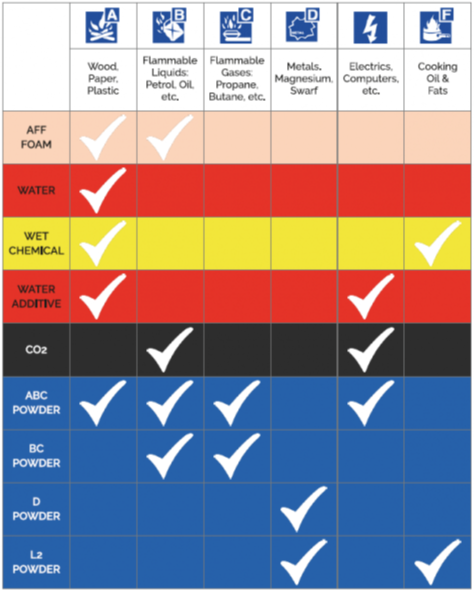

The nominated individual and, where possible, a further group of volunteers who regularly work on-site, should be trained in how to use the relevant extinguishers.
In summary...
Following these four simple steps will ensure you have all the basics you need for fire safety on your site.
Are you following CMT across social channels for the latest updates and innovations to sustainably enhance the safety of your team?
Shop the relevant products and search the ranges on fire safety products below...
Need some one-to-one assistance? Give us a call now:


